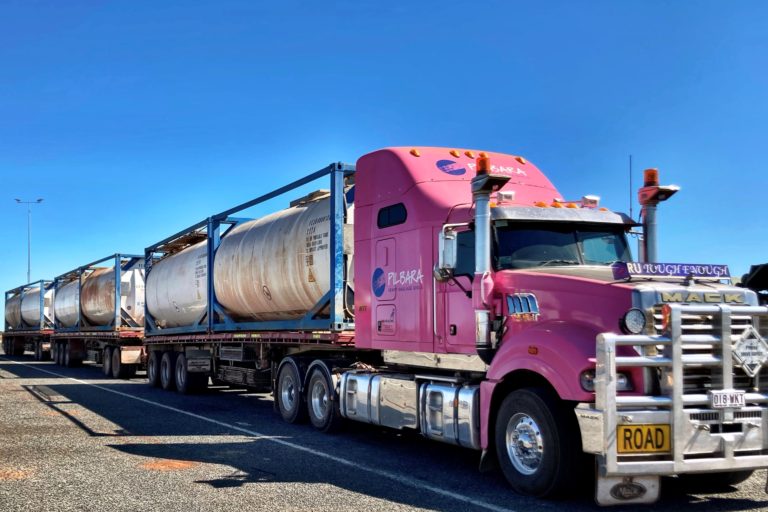By Neena Bhandari
(Opinion piece for Business Standard): From cricket and the Commonwealth, India-Australia bilateral ties have moved to embracing commerce. Recent months have seen Indian companies making huge investments in Australian mines and setting up joint ventures to secure the much needed resources for meeting India’s growing energy needs.
The “U” word, as the issue of uranium sales to India is often referred to in diplomatic circles, made front-page headlines and prime time news, and even dominated talkback radio airwaves. So much so that at the visiting US president and Australian prime minister’s joint press conference, one of the questions asked by an Australian journalist was on uranium exports to India to which President Barack Obama replied, “I will watch with interest what is determined.”
Well, come December and all eyes will be at the annual Australian Labor Party conference in which Prime Minister Julia Gillard will be asking members to overturn the party policy banning uranium exports to non-NPT (nuclear non-proliferation treaty) signatory countries. India, which aims to increase its nuclear power generation by about 10.8 per cent a year through to 2035, currently imports uranium from Canada, Namibia and Kazakhstan.
Australia is the world’s third-largest exporter of uranium, but the largest exporter of coal. Electricity generation in India will jump 5.5-fold from 2008 to 2035, with 73 per cent of India’s power in 2035 coming from coal. It is no surprise that Indian companies have been buying Australian coal assets in a big way.
In March, Lanco Infratech Limited and Griffin Coal in Western Australia signed an A$730-million deal. In August, Gujarat-based Adani Group bought Linc Energy’s Queensland coal tenements worth A$2.72 billion and paid another A$2 billion for the Abbot Point terminal near Bowen. In September, GVK of Hyderabad acquired a 79 per cent stake in Hancock Coal’s thermal coal assets in Queensland’s Galilee Basin worth A$1.26 billion.
India and Australia have signed the Coal Action Plan 2011-14 and set up a joint task force to facilitate investment in coal mining and strengthen cooperation in areas of coal technology reducing emission, rehabilitation of abandoned coal mines and extraction of deep-seated coal resources.
Indian companies will also be watching with interest the introduction of the Minerals Resource Rent Tax (MRRT) and the implications it would have for investments in exploration for minerals, especially iron-ore and coal.
The Australian Bureau of Statistics announced that more than $207 million was spent on coal exploration in the June 2011 quarter alone, well above the $122 million in the December 2010 quarter. It is this mining boom that has kept Australia largely shielded from the financial turmoil facing Europe and the US.
While resources and its related industries will continue to underpin the continent’s economic prosperity, Australia is facing severe shortage of skilled workers. To fill this gap, the country is seeking skilled overseas workers, especially in the mining and technology sectors, and has relaxed the 457 work visa rules.
In May, the two countries launched the Free Trade Agreement negotiations to achieve greater economic cooperation and double bilateral trade to $40 billion within the next five years.
For Australia, there is vast potential for franchises to tap into the booming Indian retail sector. The current Indian franchise market is projected to grow around 30 per cent a year with food, education, retail and service industries among the fastest growing.
Australian companies like Gloria Jeans and Cookie Man are doing well in the Indian retail markets through franchising arrangements. Besides, the iconic vegemite to virgin olive oils, snack foods to gourmet sauces, and wines to fresh juices, quality Australian food and beverages are already vying for space on Indian supermarket shelves.
And though the first Indian mango imports into Australia this year didn’t make it to the market shelves, a new heat treatment as an alternative to fumigation will pave the way for a massive expansion of Australian macadamia exports to India. Currently, 10,000 tonnes of macadamia nuts, which are native to Australia, are exported each year with only 80 tonnes a year going to India. Short-term estimates of the value of the Indian market to Australian producers are up to 300 tonnes or about $3 million each year.
India’s steady rise as a global economic powerhouse is continuing to open up new export and investment opportunities for Australian businesses in a diverse range of sectors including sports. With Gold Coast named the 2018 host for the Commonwealth Games, there is a window of opportunity for Indian firms to contribute their expertise.
It is time India’s flagship carrier, Air India, began direct flights between the two countries. Australia’s flagship carrier, Qantas, which is facing problems of its own, operates a one-stop service to Mumbai via Singapore. Direct flights at competitive prices will further boost trade and commerce.
It was Australia’s second Prime Minister, Alfred Deakin, who was one of the first Australian leaders to recognise the relevance of India and had visited the subcontinent in 1890. In 1893, Deakin wrote two books on India and declared that “Southern Asia” would shape Australian society and the Australian economy. Today, the trade relationship is certainly breaking new ground, literally!
© Copyright Neena Bhandari. All rights reserved. Republication, copying or using information from neenabhandari.com content is expressly prohibited without the permission of the writer and the media outlet syndicating or publishing the article.


